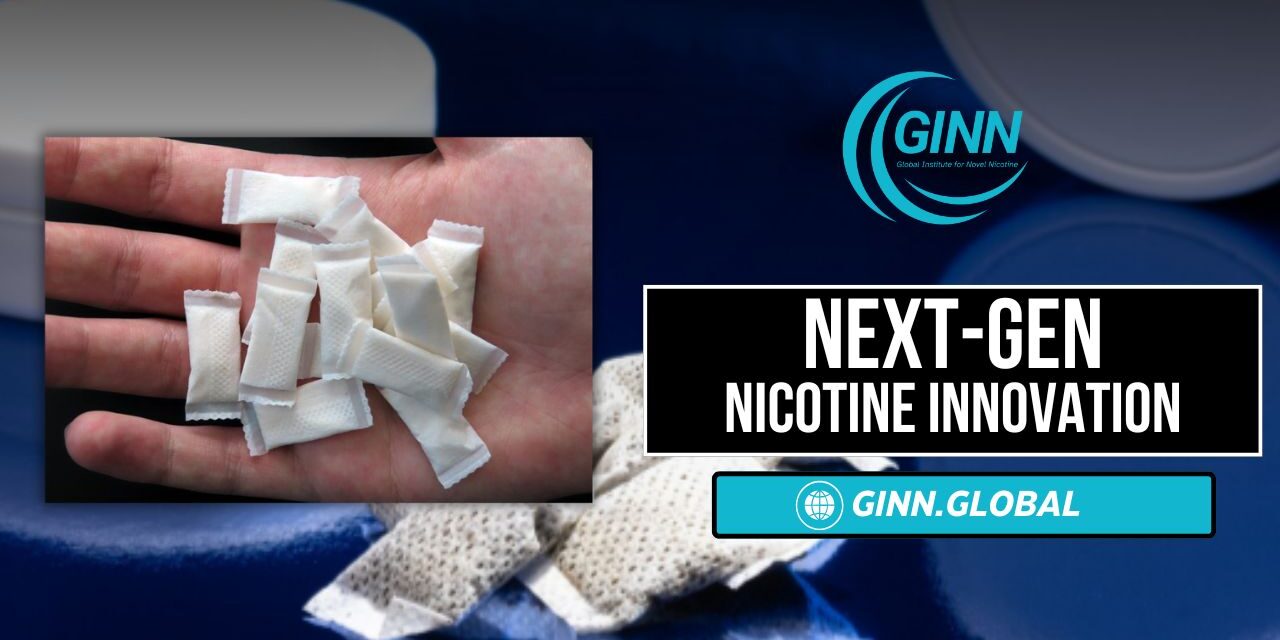The nicotine market is evolving faster than ever. Fueled by shifting consumer preferences, regulatory changes, and ongoing scientific advances, a new generation of smoke-free products is taking hold shape. As traditional tobacco declines, modern oral and inhalable formats are emerging as the next frontier for harm reduction, offering adult smokers safer, more convenient, and increasingly personalized alternatives.
A Market Driven by Change
According to Broughton’s Alternative Nicotine Formats 2025 report, the global modern oral nicotine sector is expected to reach USD 8–12 billion by 2032, growing at a rate of 9–13% annually. This surge reflects a convergence of powerful forces: adult consumers seeking discretion and portability, governments pushing harm reduction strategies, and industry innovators racing to develop products that meet both scientific and regulatory standards.
Forums such as the Global Forum on Nicotine (GFN) have amplified the global call for pragmatic, evidence-based harm reduction. Meanwhile, updates to the European Union’s TPD3 and the U.S. FDA’s Modified Risk Tobacco Product (MRTP) framework are setting the stage for a new wave of compliant, science-backed innovation.
Emerging Product Formats
The next chapter in nicotine innovation goes beyond traditional pouches and vapes. Broughton identifies several promising new archetypes:
- Dissolvable oral strips, lozenges, and sprays that deliver rapid absorption and discretion, ideal for smoke-free environments.
- Synthetic nicotine pouches, pioneered by companies like BAT, bypass tobacco-derived components and simplify regulatory compliance.
- Functional hybrids, combining nicotine with caffeine, vitamins, or botanicals to align with lifestyle and wellness trends.
- Inhaler-style devices that replicate the ritual of smoking through clean aerosol carriers, incorporating aroma-filtration for reduced toxicant exposure.
These innovations reflect a broader shift toward lifestyle-driven nicotine use—where form, flavor, and function converge.
Science and Regulation as the Foundation
As Broughton notes, the future of nicotine innovation will depend on scientific validation and regulatory alignment. Rigorous toxicological assessments, stability testing, and consumer satisfaction trials are now prerequisites for credibility. Regulatory readiness, especially compliance with TPD3 and FDA guidelines, will define which products can enter and sustain market presence.
Responsible innovation also demands transparent communication, sustainability-minded materials, and marketing practices that avoid unverified health claims.
Innovation with Purpose
For companies in this space, success depends on harmonizing creativity with compliance. Broughton’s framework for responsible innovation emphasizes:
- Aligning product design with regulatory science.
- Testing for consumer satisfaction and product usability.
- Maintaining environmental and ethical accountability.
Brands that follow these principles will not only meet global standards but also help reshape public perception of nicotine, from stigma to science-driven harm reduction.
The Road Ahead
The reduced-risk category is no longer defined by a single format or technology. From oral strips to synthetic nicotine pouches, and from functional hybrids to inhaler-style devices, the industry is moving toward more diverse, accessible, and sustainable nicotine solutions.
For regulators, the challenge lies in distinguishing between products that reduce harm and those that don’t. For innovators, the opportunity is clear: develop responsibly, validate scientifically, and communicate transparently.
At GINN, we see this evolution as a sign of maturity in the nicotine sector, one where science, safety, and consumer choice drive progress toward a smoke-free future.







